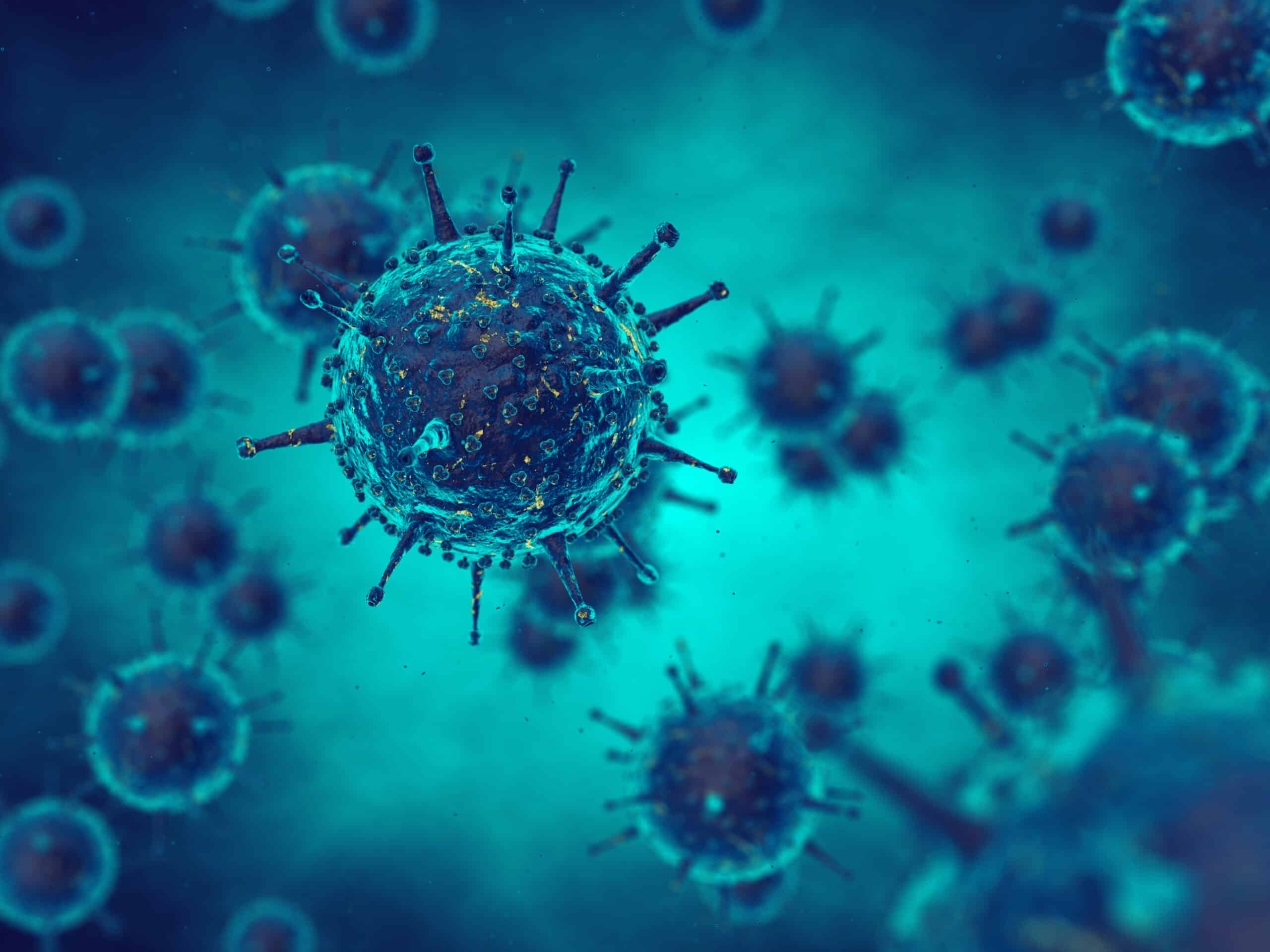These days, using paid marketing agencies is one of the best ways to advertise for your company. Digital media is considered to be low-cost compared to other methods, and reaches a great deal of potential clients. Using marketing for rare diseases is a strong way to target your prospective client’s niche.
Marketing well-known conditions can be difficult, because big companies are often competing against one another for traffic and patients. But when it comes to the marketing of rare diseases, it’s less about aggressively finding patients and more about being found by them. People with rare diseases are constantly searching for answers, and if they’re not getting them from their doctor, they will most likely turn to the internet. Because of this, rare disease awareness sites should have up-to-date and relevant information and use certain promotional methods, such as the targeted banner ads, with caution.
This distinction, and subsequent ability to reach targets on a different level, are why rare disease pharma marketing could be exactly what the healthcare industry is lacking. A more personal, niche-driven approach that targets a specific group of people who need the information more than those suffering from common conditions.
New waves in marketing
Gone are the days of marketing consisting of knocking on doors, or making phone calls that are never well received. Even some of the better marketing ideas of the last decade are now becoming old and obsolete—especially for topics that are less popular in mainstream media. Your best option these days is to opt for more tailored pharmaceutical advertising that more accurately reflects your company’s purpose.
Big marketing campaigns—for well-known diseases such as cardiovascular disease and diabetes—can get away with using a range of traditional marketing strategies, but the same may not apply to rare diseases. Most big campaigns are geared towards physicians more than patients, most especially when they pertain to drugs, research, testing or new equipment. When it comes to rare diseases, however, the patients and their caregivers are at the forefront of the campaign. They have to be, because they’re the ones affected, and the ones who are more likely to find themselves in need of information that their local doctor mightn’t be able to provide.
The unfortunate truth is that there could be well over 7000 rare diseases in the world, and roughly 90% of these diseases still have no effective treatment. Rare diseases are becoming less rare. In Europe, one in 17 people have an orphan condition; with this in mind, it’s no wonder why pharma’s are pushing towards the marketing of these diseases, their possible treatments, and more.
Direct-to-consumer
Direct-to-consumer (DTC) marketing is when pharmaceutical companies market and advertise therapeutic agents directly to consumers. DTC has been very strongly debated, and is only completely legal in New Zealand and the United States. The latter is the biggest contributor of DTC, which accounts for approximately 50% of all global pharmaceutical sales. (3)(4)
Some—primarily those who are in favor of it—argue that DTC provides disease and treatment information for all kinds of healthcare concerns. Many also argue against this practice, believing that DTC marketing can have harmful consequences. The main concern is that consumers might not fully understand the side-effects, benefits, risks, or proper usage of highly complex products, such as prescription drugs. In 1997, the FDA wrote up official guidelines for DTC to follow. (4)
This particular type of pharma marketing is helping to change the way in which patients consume information and receive medical advice, especially for diseases or issues that aren’t well-known.
Benefits for the healthcare industry
While there are pros and cons for the various aspects of pharma marketing, such as DTC, the healthcare industry is generally benefitting from the money, research, and publicity. Essentially, this is what marketing strives to do: shed light on rare diseases and possible treatments, and open the field for research. Some rare diseases don’t have the numbers to make a difference, because the people out there suffering don’t have the money to do the research. In order to make the drugs, pharma’s need research and testing processes, and they can’t do this without patients or money; this is why advertising specifically for rare diseases may help—to find those suffering and bring awareness to the cause.
Conclusion
Contracting or developing a rare disease can be an incredibly isolating experience. Unlike common diseases with ample scientific funding, it may be hard for sufferers to find information on the management of their condition.
So, the more information that’s marketed about rare diseases, the more patients can find out what they’re suffering from, how to treat it, and where to get support. This increased awareness should trigger a demand for research and, hopefully, the production of effective drugs and treatments.










